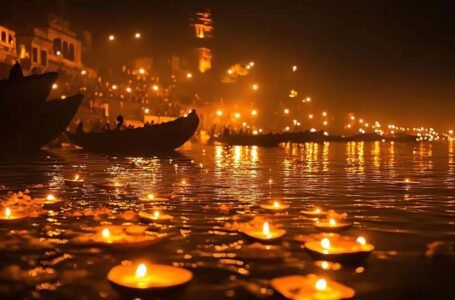Tungabhadra River: Flowing Through History
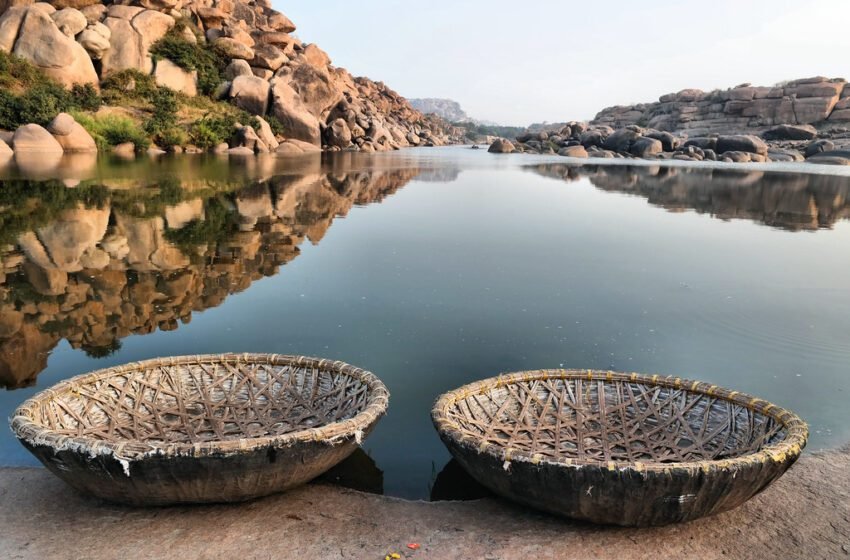
Key Facts about Tungabhadra River
The Tungabhadra River has always been a feature that was quite evident in South India’s historical, cultural, and economic sphere. It runs through Karnataka, Andhra Pradesh, and Telangana and has supported various agricultural activities for centuries; its history followed the rise and fall of ancient empires. The river is home to a few of the most celebrated temples, monuments, and architectural marvels, one of which is Hampi, recently declared a UNESCO World Heritage site. However, modern effects such as pollution, damming, and alteration of water flow prove to be significant challenges in its preservation.
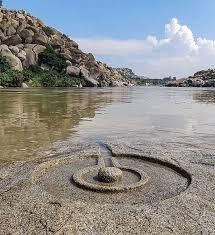
Origin of the Tungabhadra River
Born from the union of two smaller rivers, Tunga and Bhadra, the Tungabhadra River comes into origin as an important tributary to the Krishna River at the heart of southern India. It takes place in the green Western Ghats of Karnataka, at Gangamoola, a scenic area within the Chikmagalur district, popular for its dense forest and rolling hills. These rivers continue to flow independently for nearly 147 km and carve their paths until they meet at Koodli, near the town of Shimoga, to form the Tungabhadra River.
The Tungabhadra once united flows for about 531 km in a winding serpent-like course; turning across Karnataka and Andhra Pradesh before joining the Krishna at Gundimalla village. Here, it is not only a geographical landmark but also a lifeline to the region: supporting Tungabhadra Dam and its important purposes like irrigation, hydroelectric power supply, and clean drinking water. The river banks have several communities based on agriculture and fisheries subsisting on the livelihoods of millions.
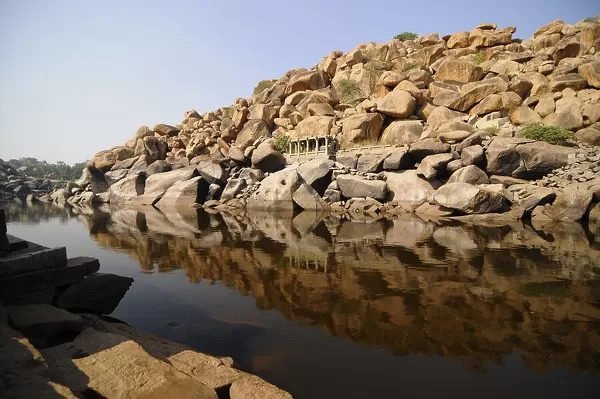
Mythology and Religious Significance
Within the great tapestry of Indian culture, rivers are woven in with threads of myths and reverence; and here is an important example in the Tungabhadra, steeped in the rich traditions of Hinduism as being intrinsically linked with ancient narratives echoing down through the ages.
It is said that there existed two heavenly siblings, Tunga and Bhadra, who wished to ornament the Earth with rivers. Lord Shiva was persuaded by their stern appeal to bestow the boon of both being able to proceed individually yet merge into a singular, great river. Symbolizing this holy union are countless energies in harmony, thus making Tungabhadra a place of worship for countless pilgrims thronging its shores in hopes of purification and divine favour.
The river is held sacred, and alongside its sides are many temples and pilgrimage centres. Among the most remarkable of these is Mantralayam, the sacred samadhi of the saint Raghavendra Swami, whom thousands of devotees throng from each corner of India in quest of his blessings. Another worthy destination here is the Virupaksha Temple in Hampi; this holy shrine to Lord Shiva is one of the oldest in existence, dating back to the 7th century. Today, thousands of devotees throng it every year.
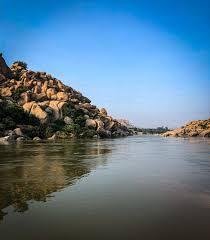
For example, the Tungabhadra, although mentioned in Puranic texts, is mainly associated with fertility and abundance. Mass rituals performed on its banks during sacred events like Maha Shivaratri and Kartika Purnima are believed to bring prosperity and spiritual elevation.
Historical Significance: Dynasties, Temples, and Monuments
The Tungabhadra has played a pivotal role in shaping the course of South Indian history; it had been the lifeline to many a dynasty that sprouted and bloomed on its banks. From the grandiose empire that the Vijayanagara built to the powerful Chalukyas, this river has silently borne witness to the making of some of the most invincible kingdoms in the pages of Indian history.
And it was fate that united the Tungabhadra with the fortunes of the Vijayanagara Empire, spread from 1336 to 1646. Hampi, the capital of this empire, strategically found its place on the bank, which provided all essentials for irrigation, trading, and general consumption. Hampi bloomed into a living centre of culture, art, and architecture, where tall temples, rich palaces, and pressing markets flourished beneath this great shield of the mighty empire.
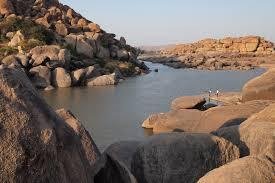
Among the architectural wonders Hampi boasts of are the Virupaksha Temple, the Vittala Temple, and the Lotus Mahal built in vivid testimony of the ingenuity and imaginative vision of the Vijayanagara rulers. The river allowed for wonderfully intricate canals and reservoirs. Thus, water supply was always reliable, for not just the town itself but also the agricultural fields surrounding the town.
Other than Hampi, there are several important temples on the banks of the Tungabhadra. An important one is the Navabrindavana at Anegundi, a sacred dargah with tombs for nine celebrated Madhva saints. Another important religious destination is the Raghavendra Swamy Temple at Mantralayam, attracting hundreds of devotees who throng it in search of solace and spiritual illumination.
These historical and sacred sites have made the Tungabhadra region a landmark both for tourism and pilgrimage. The monuments reflect, not just the rich cultural legacy of South India, but also underscore the profound connection between rivers and the civilizations that have flourished along their banks.
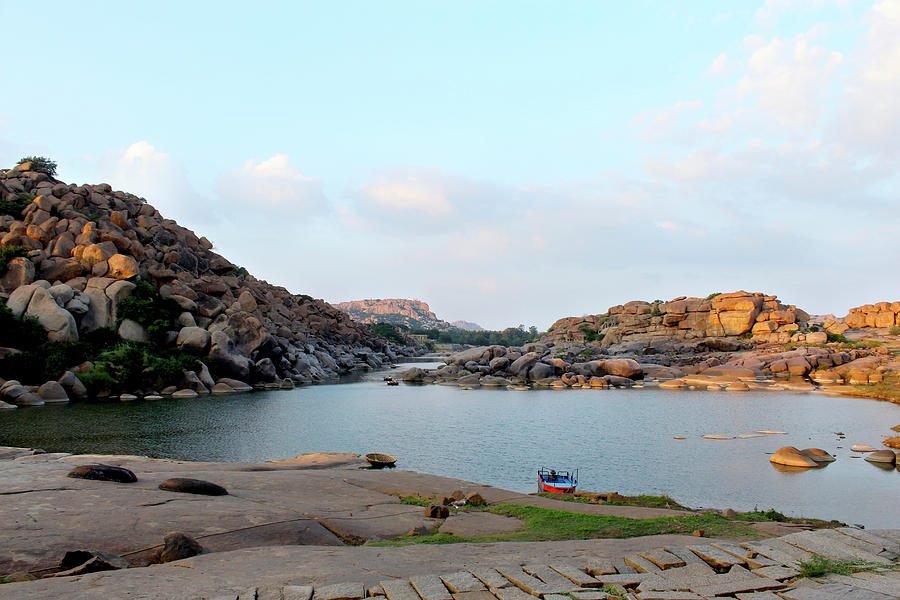
Current Environmental Challenges and Usage
Located in the heart of India, much like many others, the Tungabhadra River has been caught in the web of contemporary environmental problems. The constant march of population growth at a hectic pace of industrialization and hunger for agriculture exerted significant stresses on the crucial resources that the river sustains. The Tungabhadra was once considered sacred, more so because of the historical importance attached to it. But today, it faces a whole lot of issues like encroachment by pollution, drain of water, and problems with its valuable waters through mismanagement everywhere.
Pollution and Industrial Waste
Several industries on either side of the river are releasing untreated pollutants and wastewater straight into the Tungabhadra. The chemical waste, plastic, and sewage have drastically diminished the biodiversity of the aquatic system to levels that spell disaster for fishing communities and further diminished local ecosystems.
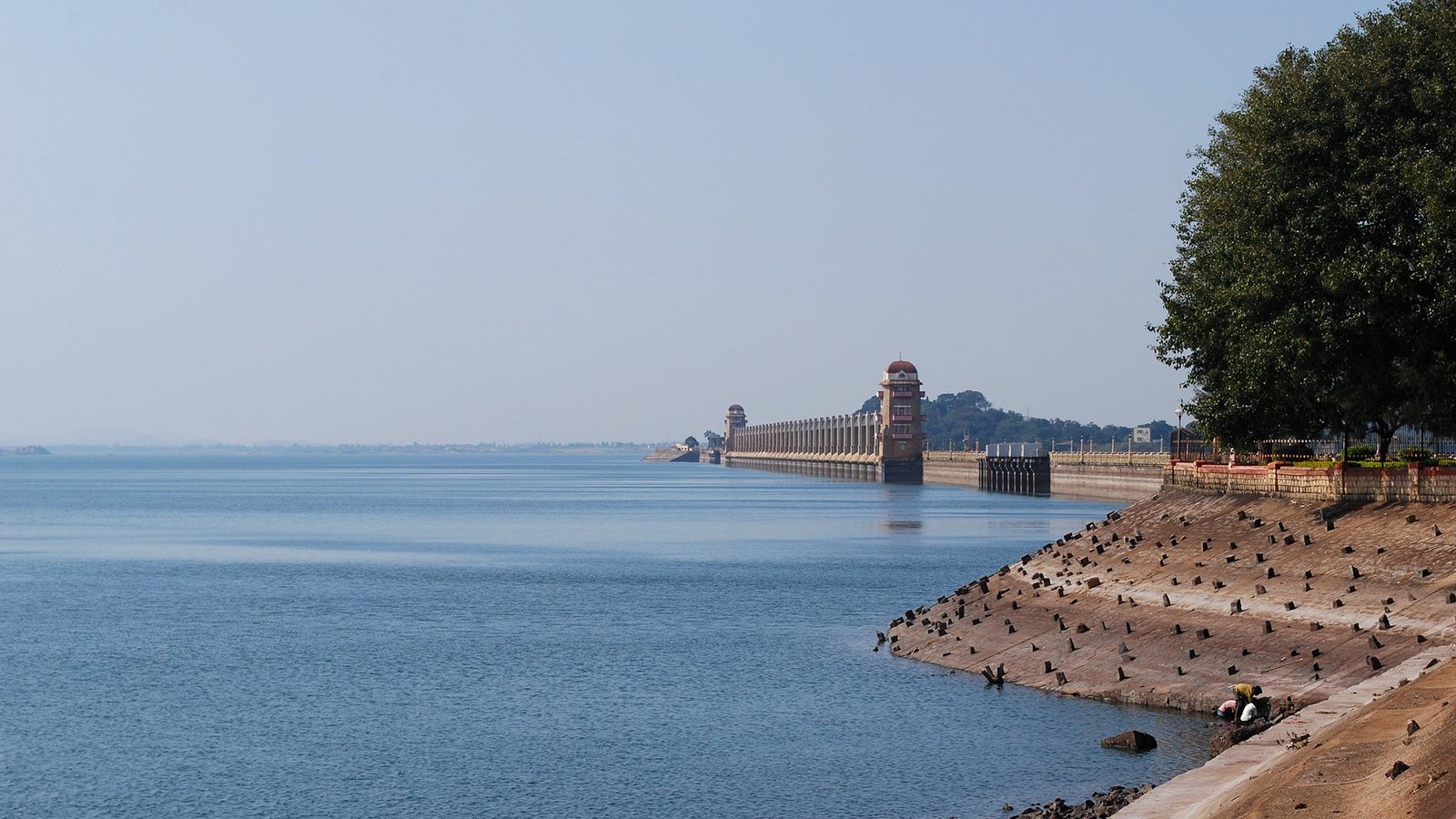
There have been numerous towns with a view of the river and scenic beauty, like Hospet, and Kurnool, which have become most filthy owing to industrial activities and urban waste. The level of fish stocks is at an all-time low because it is harmful to the aquatic life to stay there due to the presence of pollutants within the water.
Dams and Hydroelectric Projects
The Tungabhadra Dam, completed in 1953, marked a landmark moment in attempts to control floods while providing irrigation and hydroelectric energy. While the dam has increased the productivity of agriculture in the region and is, therefore, an important factor contributing to increased economic activity, it has brought environmental changes with it.
- Reduced Downstream Flow: Construction of the dam has altered the natural flow of water in the river and affects communities and ecosystems downstream.
- Sedimentation problems: the siltation in the reservoir has reduced its volume and sometimes it has resulted in water shortages during dry seasons.
- Community displacement: The number of villages evicted to create the lake has been tremendous; many former residents continue to face problems in getting proper rehabilitation.
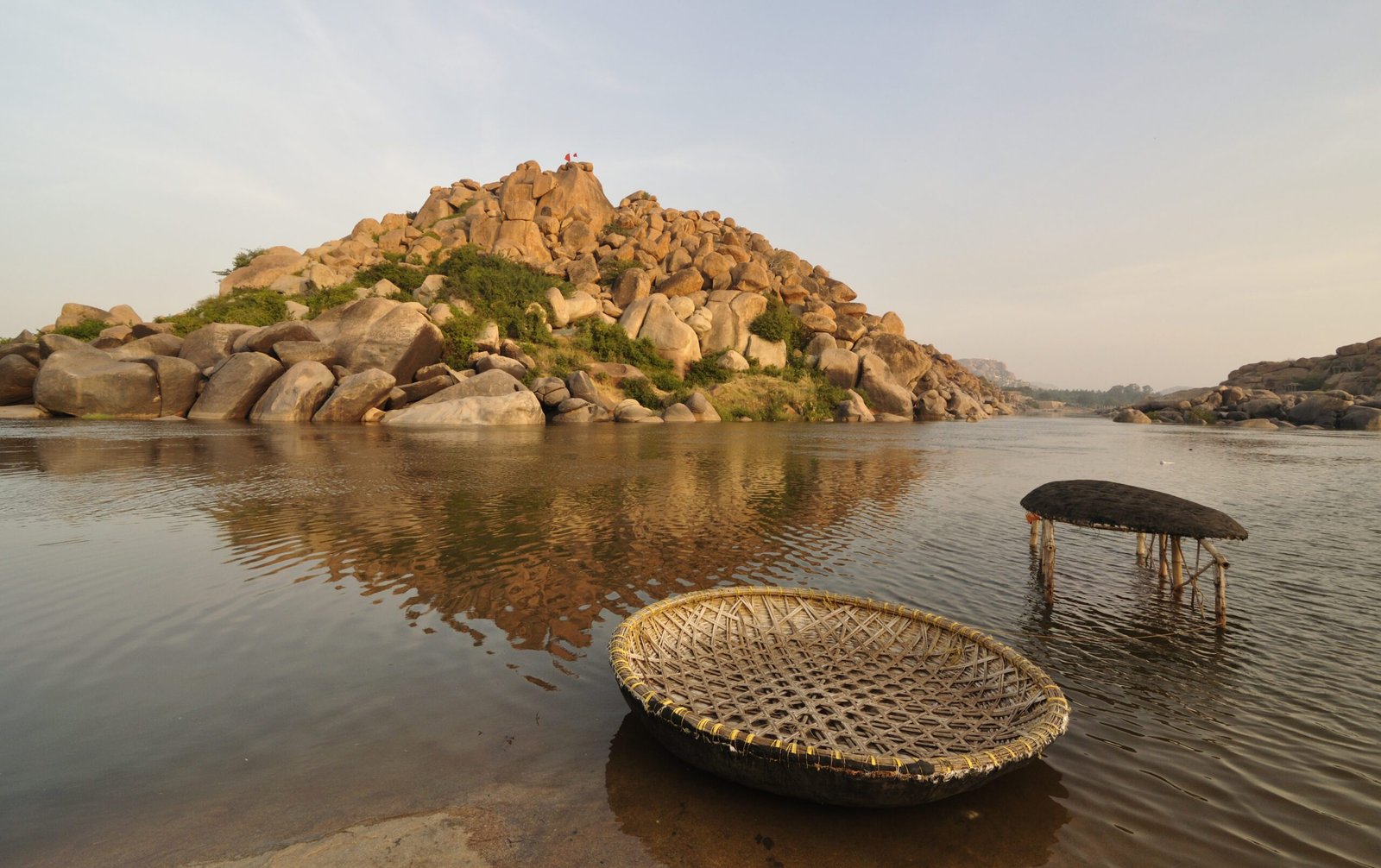
Water Usage and Conservation
The water found in the river provides primary economic sources to the people living along the river. As a result, its demand is increasing at a very fast rate. As the demand has increased, so too has the extraction of excess water for irrigation and industrial use with the proportion left for consumption greatly reduced. A large proportion of the population goes through water shortages mainly during the hot summer season. For this reason, various conservation activities and public education programs are going on in the current times. Presently, projects that will help in the reduction of pollution and the promotion of the conservation of clean water come to the surface, but still, so much more has to be done to protect the health of the river and ensure its continued sustainability.
Conclusion
The Tungabhadra River spoke to the extensive history, culture, and spirituality of South India. This waterway, winding through ancient kingdoms, revered temples, and lively communities, had been a lifeline for civilization and a wellspring of devotion for centuries. The deep connections with the Vijayanagara Empire and its importance in different religious practices make it one of the closest to the region’s identity.
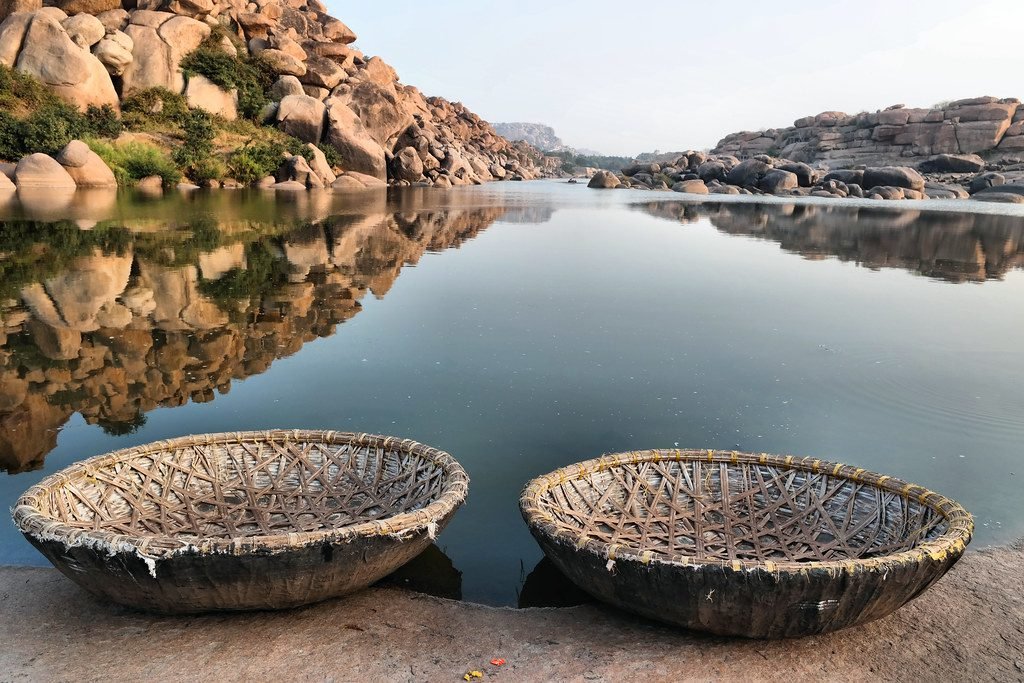
However, these concerns come with the onset of the 21st century, with pollution, water scarcity, and environmental degradation posing major threats to the Tungabhadra. The historical importance and the pressing requirements of sustainable development must be brought into harmony.
As much as the Tungabhadra needs the imprints of the footprints left there, future generations would need this source of water for survival and cultural treasures. The story of this river tells us that we own our rivers and through actions and honour, protect them, so that just like the Tungabhadra, the rivers and that very culture will symbolize not only our rich history but also our aspirations for a prosperous, sustainable future.

